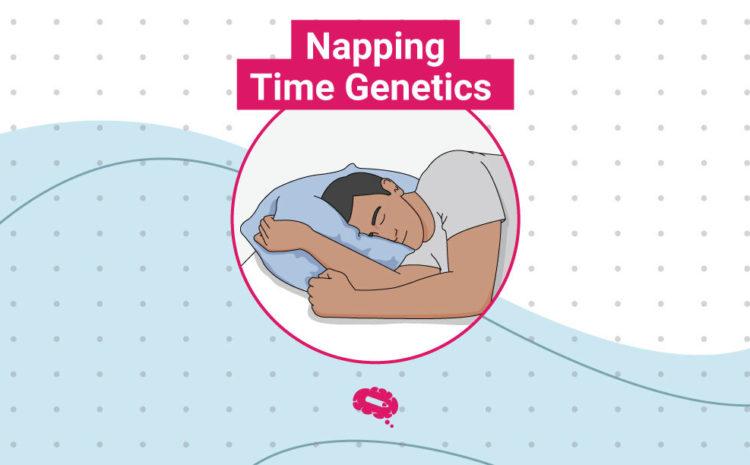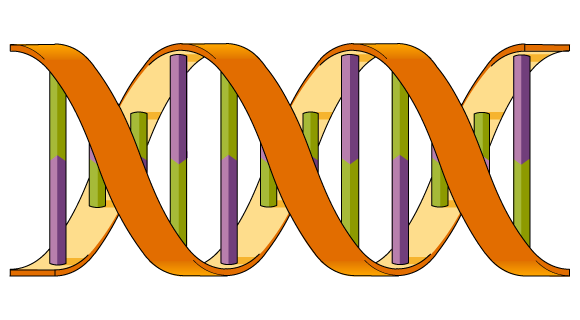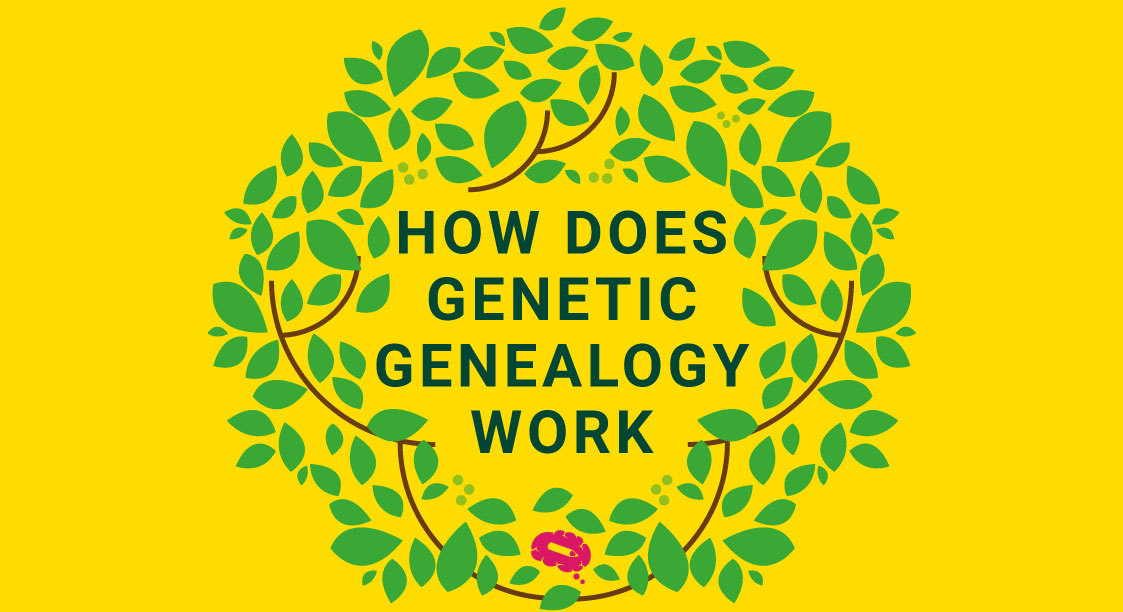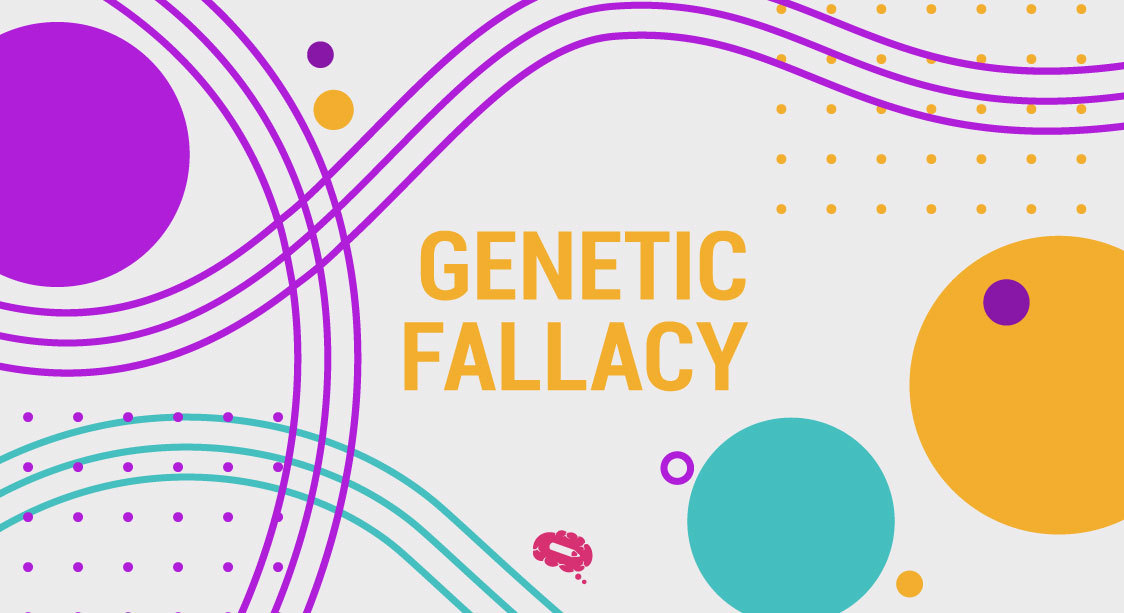A napping time during the day is most of the individual’s guilty pleasure.
Most of the time it is also a habit inculcated in daily routine. It’s very common in many species from flies to mammals.
Napping is also associated with improving alertness, essential for those who work late at night or those who are usually sleep-deprived.
It is also said to benefit in the enhancement of one’s performance, memory and ease stress.
But apart from these benefits, long-term consequences of napping could be chronic to the well-being of the individual.
Although this is a controversial subject and the reason can be due to multiple factors associated with nappings like inadequate sleep cycle, poor diet, or poor health.
Is napping time during the day your happy hour? Researchers say otherwise.
A group of researchers analyzed the effects of napping through genetics variation.
Their study consisted of understanding the genetic variation of different individuals through their preference for napping duration and preferences.
Currently, the genome-wide association study has discovered about seven genetic loci that correspond to napping time during the day.
Researchers used the UK Biobank participants of European ancestry (n=452,633) out of which around 38.2% accounted for napping sometimes, and 5.3% of participants accounted for always napping during the day.
Those napping times almost always were the older males with high BMI or body mass index, have been diagnosed with sleep disorders, smokers, or retired. They conducted a genome-wide association study (GWAS) with high-quality attributed genetic variants covering around four lakh participants. This was done by changing the various factors found earlier.
They successfully identified 123 genetic loci along with Single nucleotide polymorphism based heritability to be approximately around 11.9%.
They narrowed down their GWAS with higher BMI individuals.
It was found that out of 123 loci 110 were detained in genome-wide significance.
They also analyzed the difference of the napping patterns in the different genders in the association of the X chromosome.
In addition, they also concluded on genes that were responsible for the obesity hypersomnolence pathway: PNOC (Prepronociceptin), and PATJ (crumb cell polarity component).
In addition, the expression of the FADS1 (Fatty Acid Desaturase) gene that was colonized, put forward the pleiotropic effect of the lipid metabolism on the sleep pattern.
The other correlations perceived in relation to the genome-wide genetic along with the traits such as the glycemic index, anthropometric, as well as the cardiometabolic, out of which many correlations were reduced following the accounting for BMI.
What’s more to this is that the score analyzed by the phenome-wide association utilizing the daytime napping genome-wide polygenic aided to the correlation of the diseases related to obesity, hypertension, and most importantly certain cardiometabolic diseases as well.
To conclude, their findings are an eye-opener. Sometimes it’s such habits that lead to several unwanted complications in our bodies. One must follow a healthy routine and good lifestyle practices.
To know more about their research, check out the reference given below.
In Mind the Graph Gallery you can find many genetics-related illustrations. Click on the image below to check out.

Subscribe to our newsletter
Exclusive high quality content about effective visual
communication in science.







